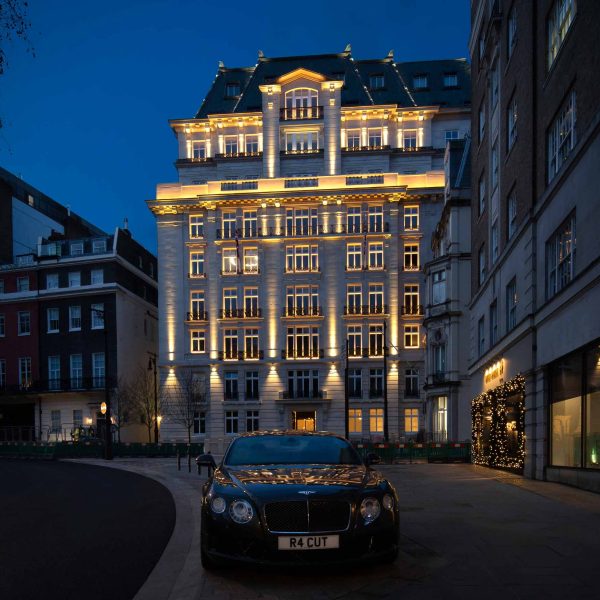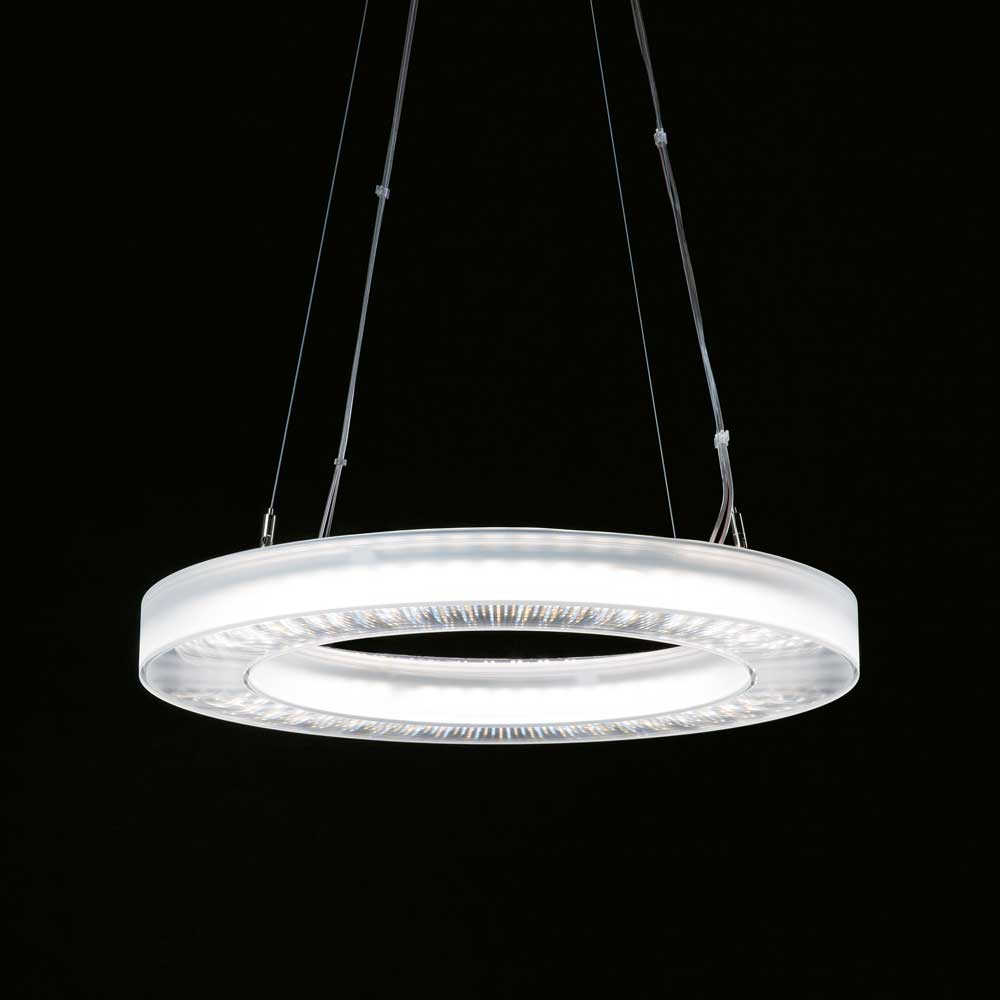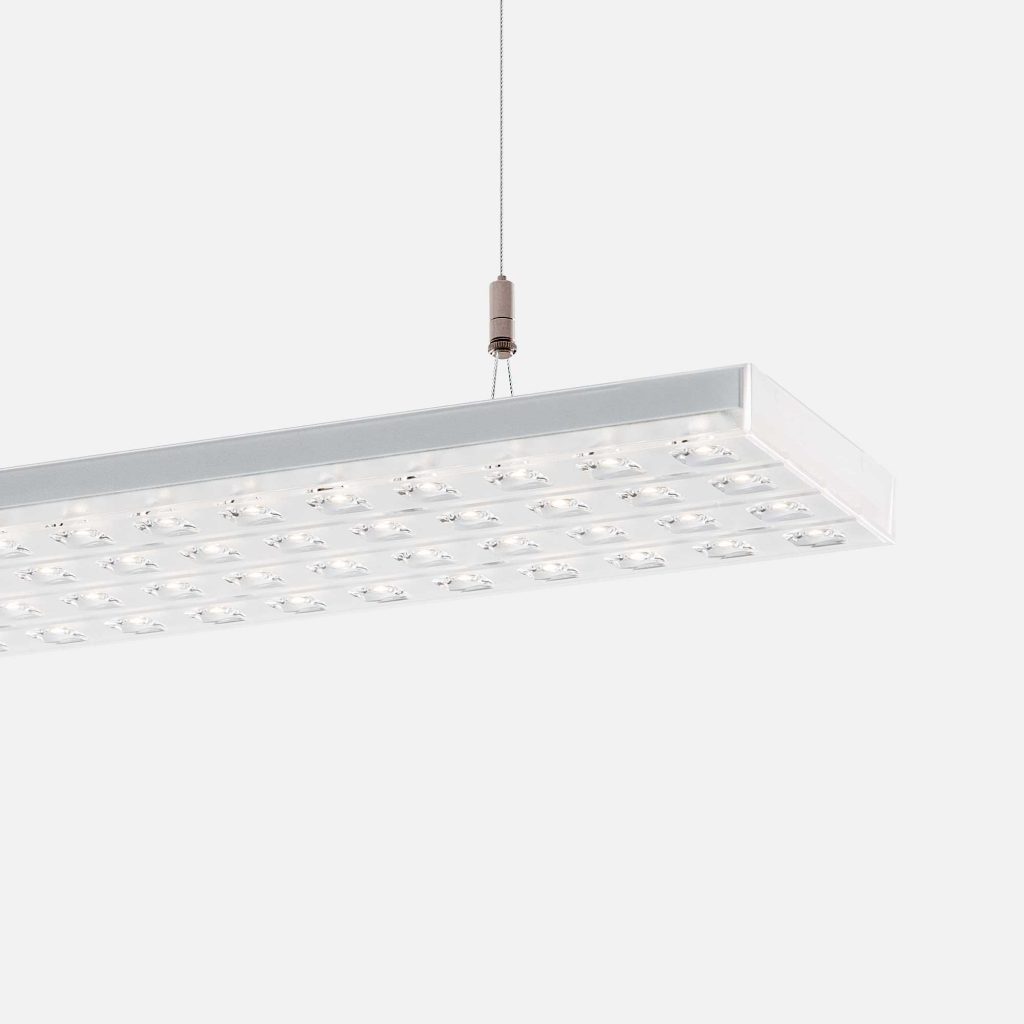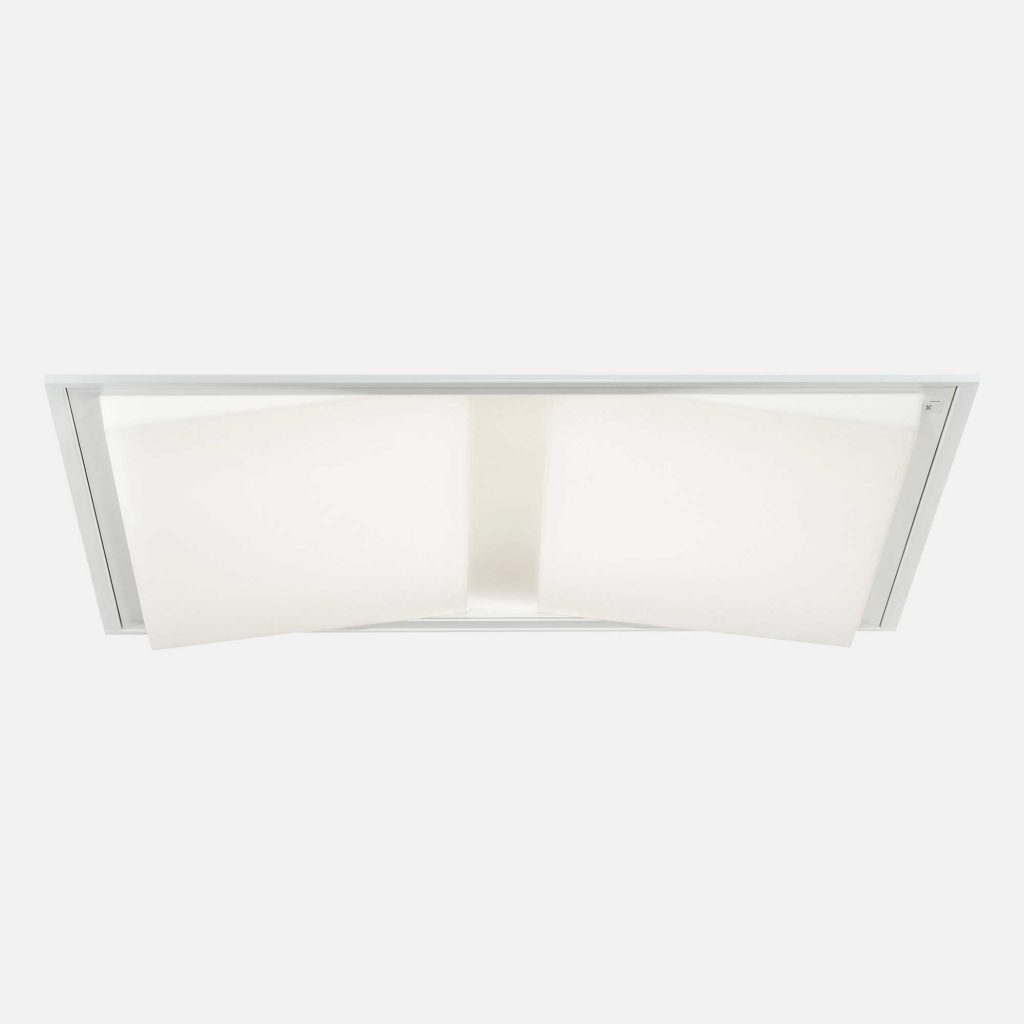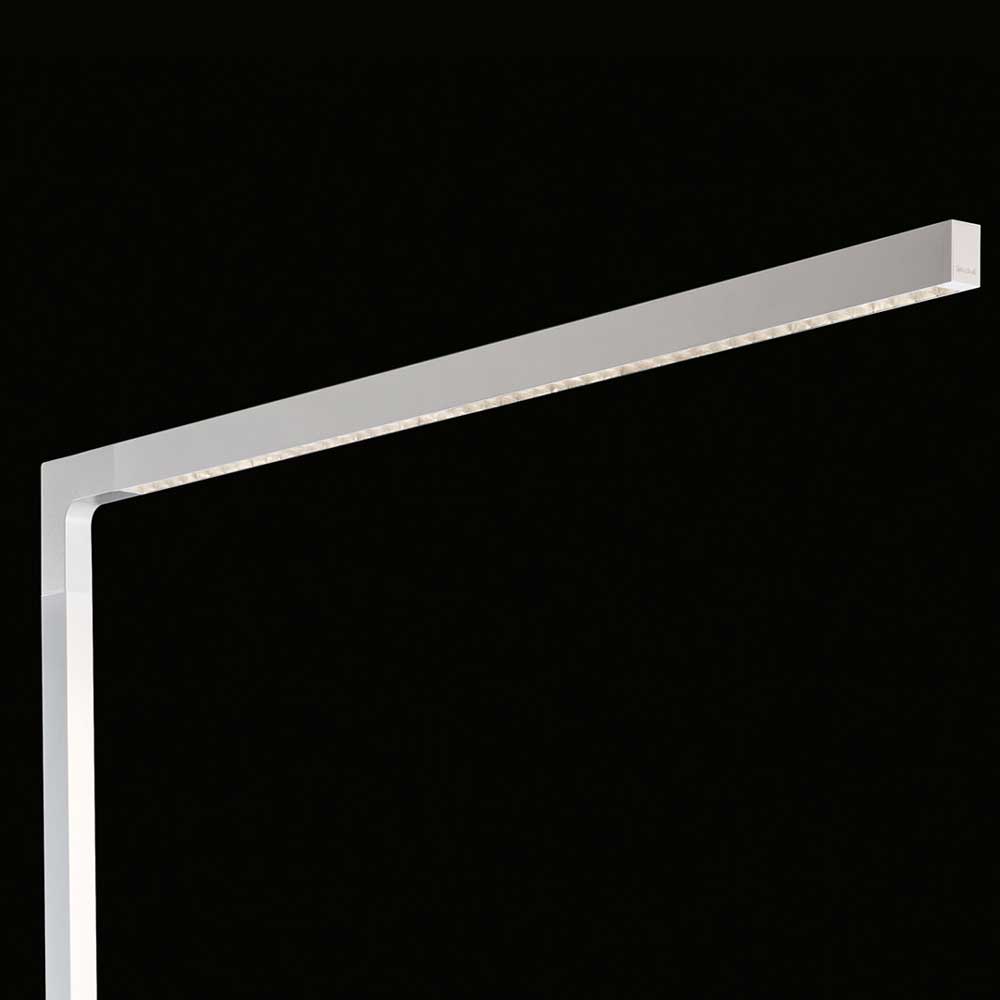Lighting in offices for concentration and motivation.
The modern office world is in a transitional state. Digitalisation, flexitime and global communication also caught on in the working world long ago and are turning offices to living spaces with communication zones, mobile workstations and recuperation areas.
Consequently, light must satisfy several criteria in the modern working world. This includes singular lighting for desk work, as well as the room’s ground level lighting, illumination of quiet zones, meeting points and think tanks.
Illumination matched to these areas improves the working atmosphere, reduces absence rates and encourages motivation. Modern illumination concepts with dynamic lighting adapted to the times of the day are equivalent to a human’ internal biological clock and make a significant contribution to well-being.
There are many ways to light the varying designs of office space and in summary most fall into the following categories.
1.
Exposed soffits and services
Have been popular in recent years and this has been an ongoing trend. This can be achieved in an assortment of ways with the advantages of:
• Modern and flexible space
• Easy access to services
• Less restrictive
• Open to more imaginative designs.
The challenges faced here are whether it is desirable to achieve a balanced lighting scheme. Basically, if you either want the exposed service lit or unlit. Either decision has an impact on the glare requirements needed to offer a compliant scheme.
2.
Combination of exposed soffit with acoustics
are becoming an increasingly popular way to light entire workspaces or to do selective zones. There are several ways of integrating this type of design. Advantages being:
• Effective acoustic solution
• Allows the benefits of exposed services.
• Good for incorporating additional lighting.
• Allows optimum airflow for thermal mass buildings.
Again, consideration should be given to whether there is a requirement for additional upward light. This is only of benefit if the baffles have sufficient spacing that the soffit is visible. Other facts are space to height of baffle ratios. The shorter the baffle depth the greater the density needed.
3.
Ceilings with suspended lighting
These can often provide the easiest way to provide a balanced direct/indirect scheme and invariably will offer a more glare compliant solution. Key advantages are:
• Easy to achieve a balanced light in the office space
• Wide choice of style and design options
• Potential for continuous lighting runs to minimise wiring
• Easy to achieve glare compliance.
These schemes give more design scope but tend to be less flexible once installed. On tip is instead of running continuous runs is to break them up into runs to fit within the building gridlines. These are natural points where the building could be partitioned.
4.
Conventional Office Space
Generally these suspended ceilings tend to be either a modular grid or solid plasterboard. These are more traditional and offer the advantage of:
• good noise insulation
• good thermal control
• easy reconfiguration using grid systems
• clean lines – especially where plasterboard solutions are used
The challenge for such spaces is to try to achieve a balanced level of illumination with good glare control.
5.
Freestanding Task Lighting
has been popular on the continent for years. However, with the demand for flexible space and to also to supplement existing background lighting is making these solutions more popular.
Key reasons for using these could be:
• Ability to adapt to flexible space.
• Short leases and costs associated with hard wiring of conventional lighting.
• Can be tuned to specific user needs
RIDI Group Office Projects
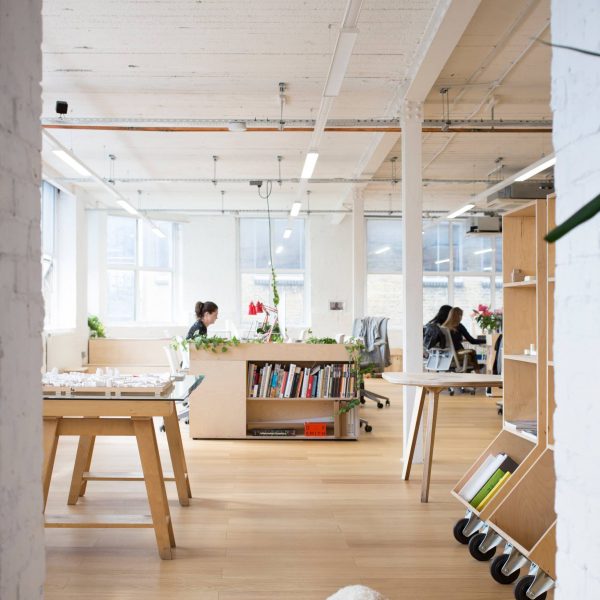
00 Architecture
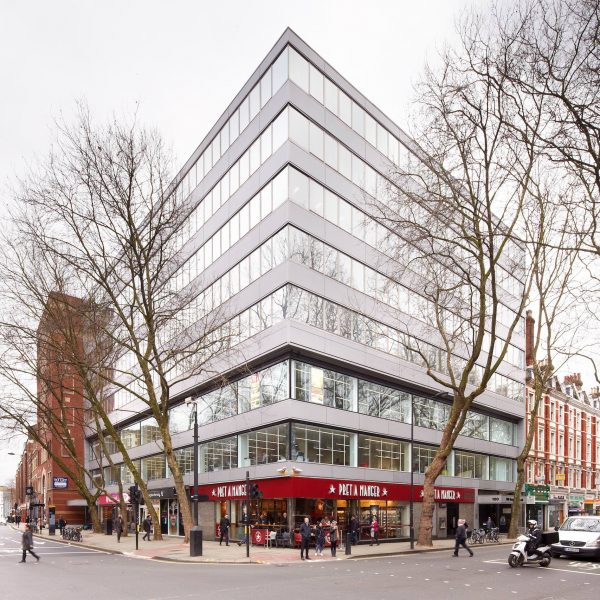
100 Grays Inn Road, London
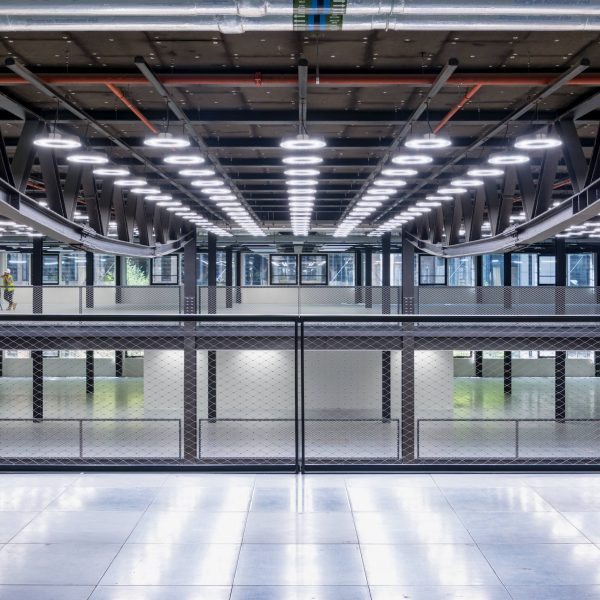
1FA (Finsbury Avenue) – Category A Fitout
